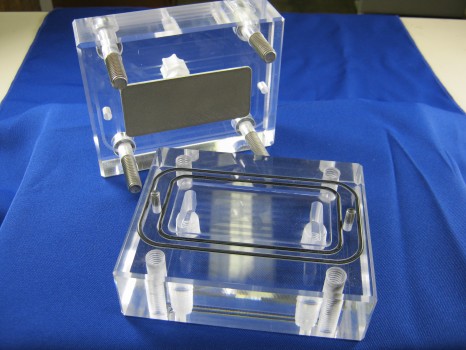New Technique to Improve Crossflow Filtration

One of the biggest issues for crossflow filtration is figuring out how to control the loss of permeate flux in the process. Whether using reverse osmosis (RO), ultrafiltration (UF), or microfiltration (MF), the loss due to polarization and membrane fouling prevents many potential users in the biological or chemical processing fields from adopting this method. If you are using crossflow filtration, or considering using it, and fear the effects of permeate loss, then you may want to consider this technique courtesy of North Carolina A&T University and the U.S. National Energy Technology Laboratory. Their study (see here) produced drastically improved results by implementing flow reversal to enhance the membrane flux. They found that by periodically reversing the flow direction of the feed stream at the membrane surface results in prevention and mitigation of membrane fouling. This particular study conducted experiments with bovine serum albumin, Detran T-70, and apple juice. We’d love to hear from any of you in the field that may have tried this technique to see how it worked out!
- Most Viewed Blog Articles (5)
- Company News (285)
- Emerging Technologies (64)
- Microbiology and Life Science News (93)
- Water and Fluid Separation News (97)
- Filtration Resources (93)
- Product News (19)


![Join Sterlitech at BIO 2024 [Booth #5558]: Exploring the Future of Biotechnology](https://www.sterlitech.com/media/blog/cache/300x200/magefan_blog/b4.jpeg)



